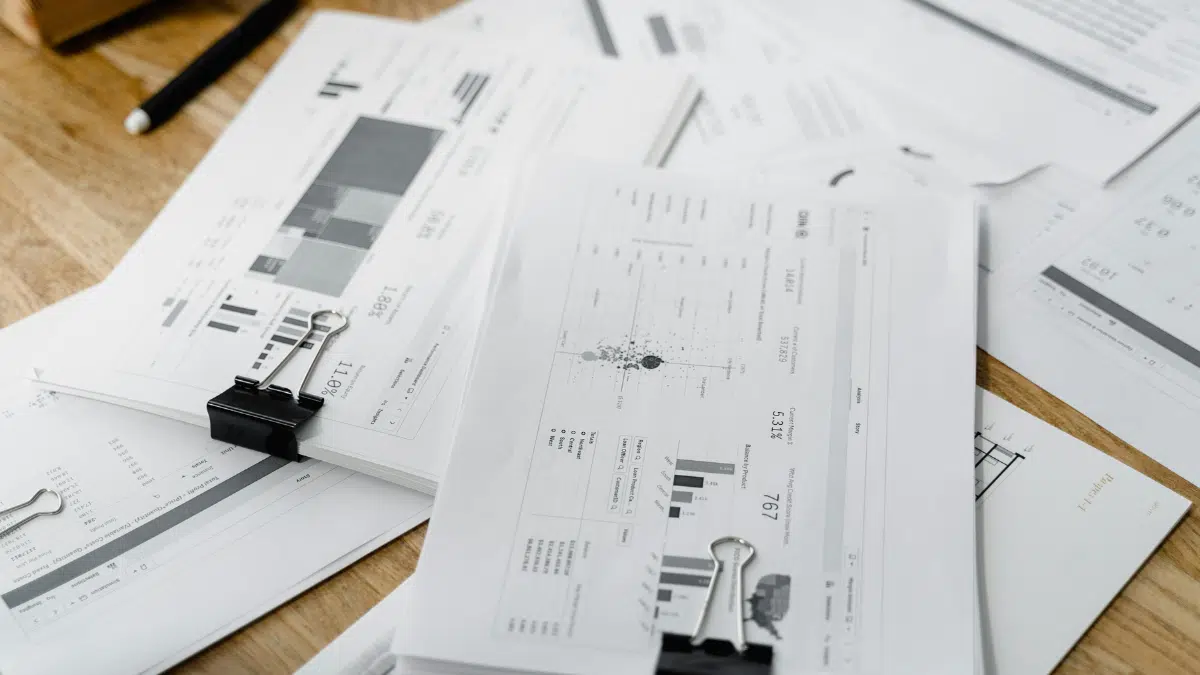Back in July, the MIT Technology Review published an article about the role of artificial intelligence in the Covid-19 pandemic. The title of the piece says it all – “hundreds of AI tools have been built to catch covid, none of them helped”. With the advancements of AI technology and their previous uses in the medical sphere, it was a clear tool to engage when trying to make sense of Covid-19 and how it spreads in communities. Though it hasn’t been great at catching Covid, the use of AI during the pandemic has contributed immensely to the overall improvement of medical AI.
When the pandemic first emerged in March 2020, doctors and data scientists thought they could use machine learning algorithms on the data that had been coming out of China for the four months prior. Although great amounts of effort and resources were geared towards developing software to help Covid-19 patients and hospitals, it turned out that the impact was slight. The Turning Institute published a summary report of workshops held throughout the pandemic months of 2020, aligning with these conclusions. In particular, they found that problems around data access and standardization led to difficulty in drawing accurate conclusions. As well, the “inequality and exclusion” related to AI such as the misrepresentation and low engagement of and with minority groups respectively contributed heavily to “bias research and policy decisions”. The full report outlines more of these setbacks and how the AI community can better respond to the ongoing and future pandemics.
The major conclusion of studies performed in 2021 was that the models and tools developed were not fit for clinical use. Incorrect assumptions about data related to Covid-19 meant that “the trained models did not work as claimed”. This raises the notion of the potential of harmful risks if models are built in he wrong way, with the possibility of misdiagnosing or underestimating the risk for vulnerable patients.
What went wrong
If anything, these roadblocks have made it clear to researchers that “the way AI tools are built needs to change”. As mentioned in the Turning Institute report, many of the problems can be linked to the poor quality of data that researchers have used to develop their tools. Researchers wanted to help doctors and patients so quickly and as a result often built tools using mislabeled data or data from unknown sources from available public data sets. This led to what is called “Frankenstein” data sets, whereby multiple data sources are combined, leading to duplicates, which can make tools appear to be more accurate than they are. Combining data sets can also alter the origin of data sets. Another astounding error with data collection was that in some cases, AI picked up data based on the text font that certain hospitals used to label their scans.
How to fix it
Of course, having better data would help to fix model and tool development issues. However, the Covid-19 pandemic swept the nation quickly and surprisingly, so missteps like the ones mentioned are understandably more likely in a time of crisis. A simple step in the right direction could have been for AI teams to collaborate with more clinicians and to share their models and “disclose how they were trained so that others can test them and build on them”. As well, researchers should work collectively in the future to develop models together. The WHO is considering developing an “emergency data-sharing contract” to come into relevance during future international health crises. It is critical to address these issues so as to not repeat the same mistakes in the future – as Bilal Mateen (leading clinical technology doctor at the Wellcome Trust) says, “to forge the lessons of this pandemic is disrespectful to those who passed away”.
Read the full MIT Technology Review piece.





